 Shutterstock
Shutterstock
Dogs, with their keen senses and instinctual behaviors, can sometimes develop fears of seemingly harmless objects, such as plastic bags. This fear may puzzle pet owners, as plastic bags are common everyday items. However, for some dogs, these bags can trigger anxiety or stress. The causes of this fear are varied and often unexpected, ranging from sensory overload to past experiences. By understanding why some dogs are scared of plastic bags, owners can ease their pet’s anxiety and help them feel more comfortable around these objects.
Loud and Unpredictable Noises
 Shutterstock
Shutterstock
One of the most common reasons dogs fear plastic bags is the noise they make. Plastic bags create a crinkling sound when moved, which can be loud and unpredictable. For dogs with sensitive hearing, this noise can be startling or even frightening, especially if the bag suddenly rustles near them. The high-pitched crinkle may mimic other alarming sounds, such as thunder or fireworks, leading the dog to associate the noise of a plastic bag with danger. Dogs that are particularly sensitive to sound may react strongly to the unpredictable rustling of plastic bags.
Movement and Flapping
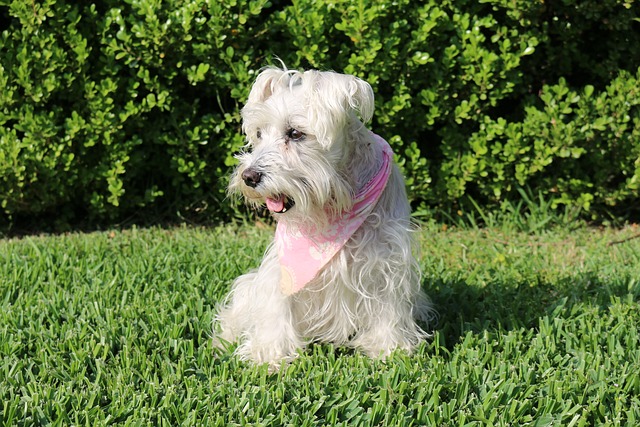 Shutterstock
Shutterstock
In addition to their noise, plastic bags often move in unpredictable ways. A breeze or sudden movement can cause a plastic bag to flap around, which can be unsettling for dogs. The rapid, unpredictable motion of the bag might trigger a startle response in dogs, especially those that are more nervous or anxious by nature. Dogs rely on predictable patterns in their environment, and when something as ordinary as a bag moves erratically, it can cause fear or discomfort.
Negative Past Experiences
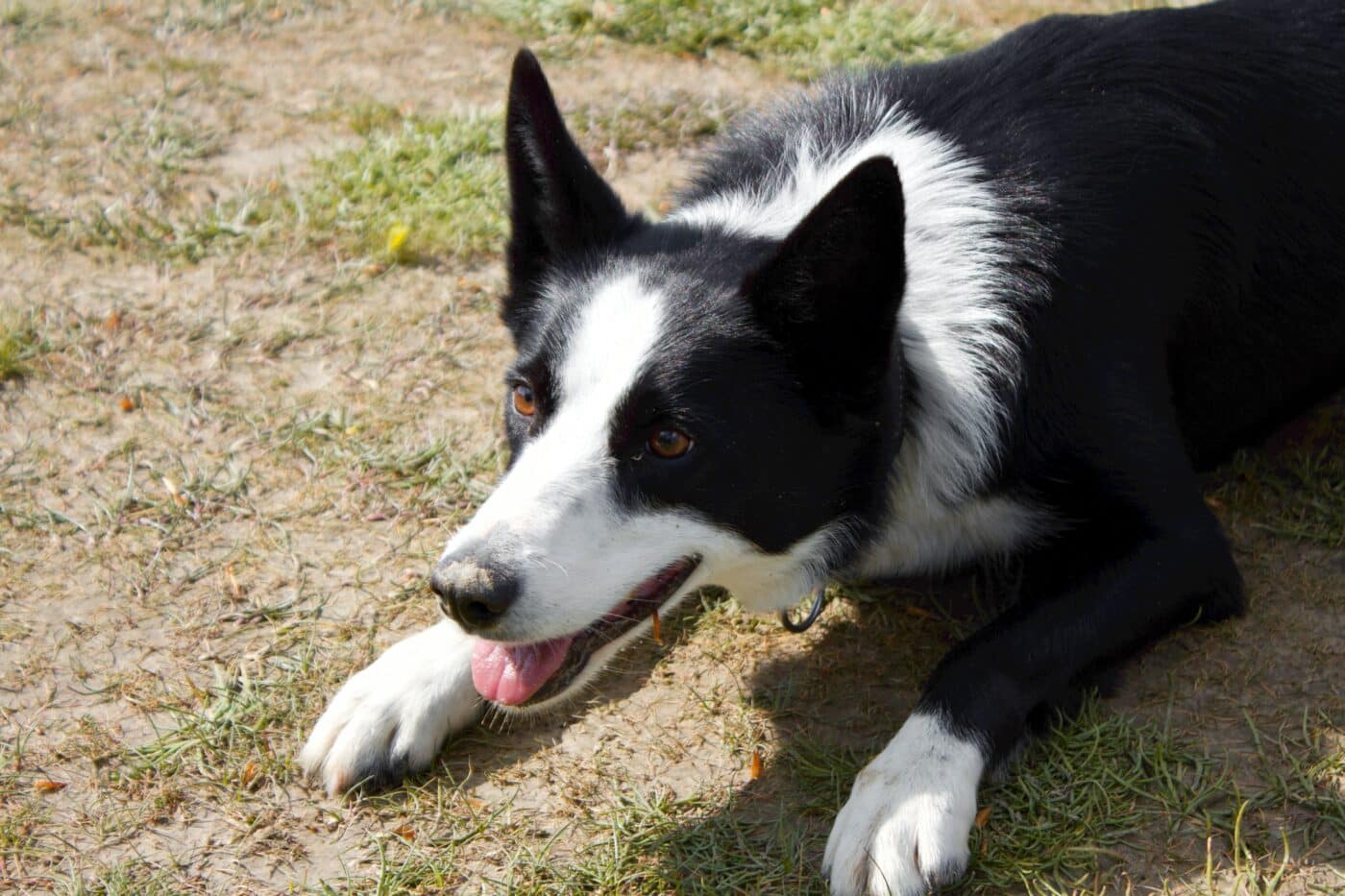 Shutterstock
Shutterstock
For some dogs, a fear of plastic bags can stem from a negative past experience. A dog that has been frightened by a plastic bag in the past, whether by being accidentally hit with one or startled by its sound, may develop a lasting fear of them. Dogs have strong associative memories, and a single scary incident involving a plastic bag can lead to long-term aversion. Each time the dog encounters a plastic bag after that experience, they may recall the fear they felt and react with anxiety.
Sensory Overload
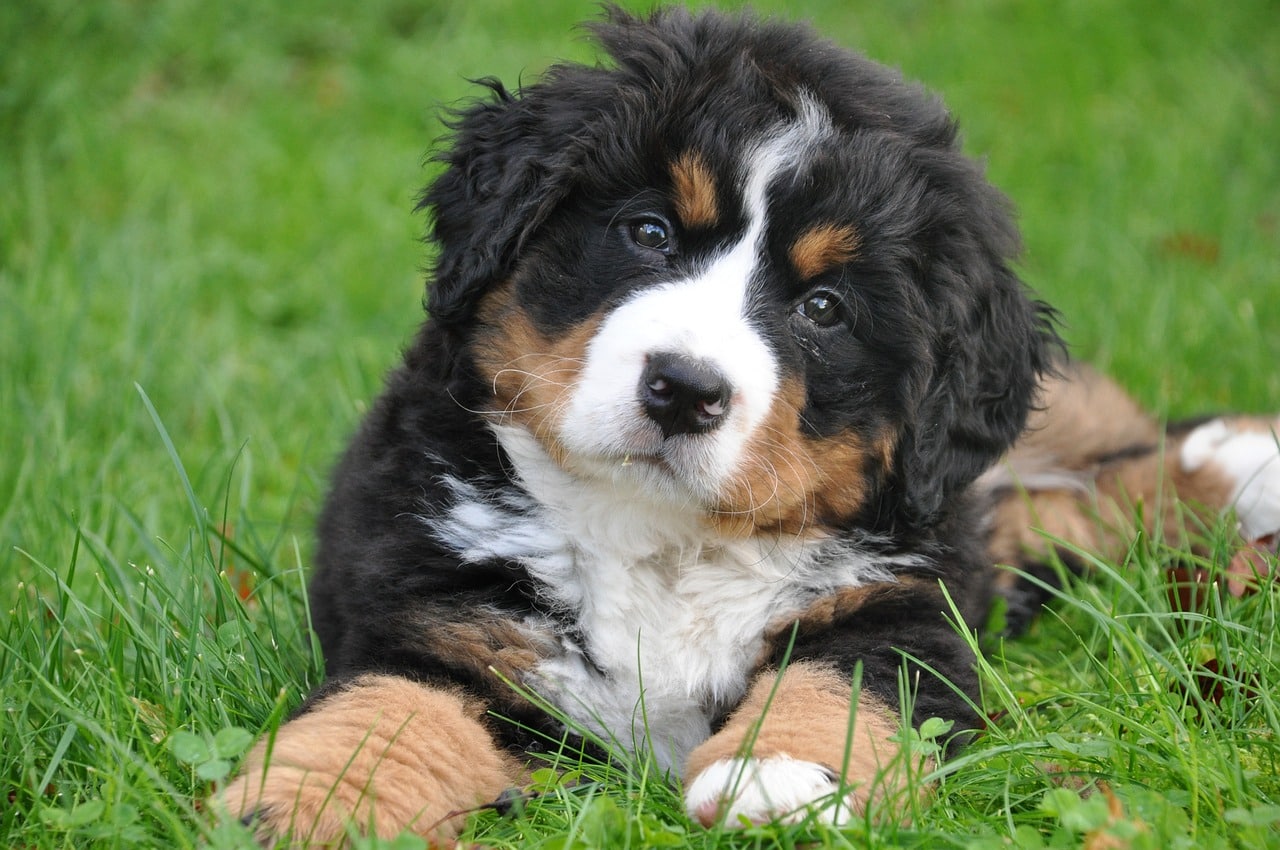 Shutterstock
Shutterstock
Dogs process the world differently than humans, with heightened senses of hearing and smell. Combining a plastic bag’s scent, sound, and motion can create a sensory overload for some dogs. When too many sensory stimuli happen at once, it can overwhelm the dog, causing them to become fearful. For dogs that are naturally sensitive to sensory input, the combination of crinkling sounds, flapping movement, and the unfamiliar texture of plastic can be too much to handle.
Smell of Chemicals
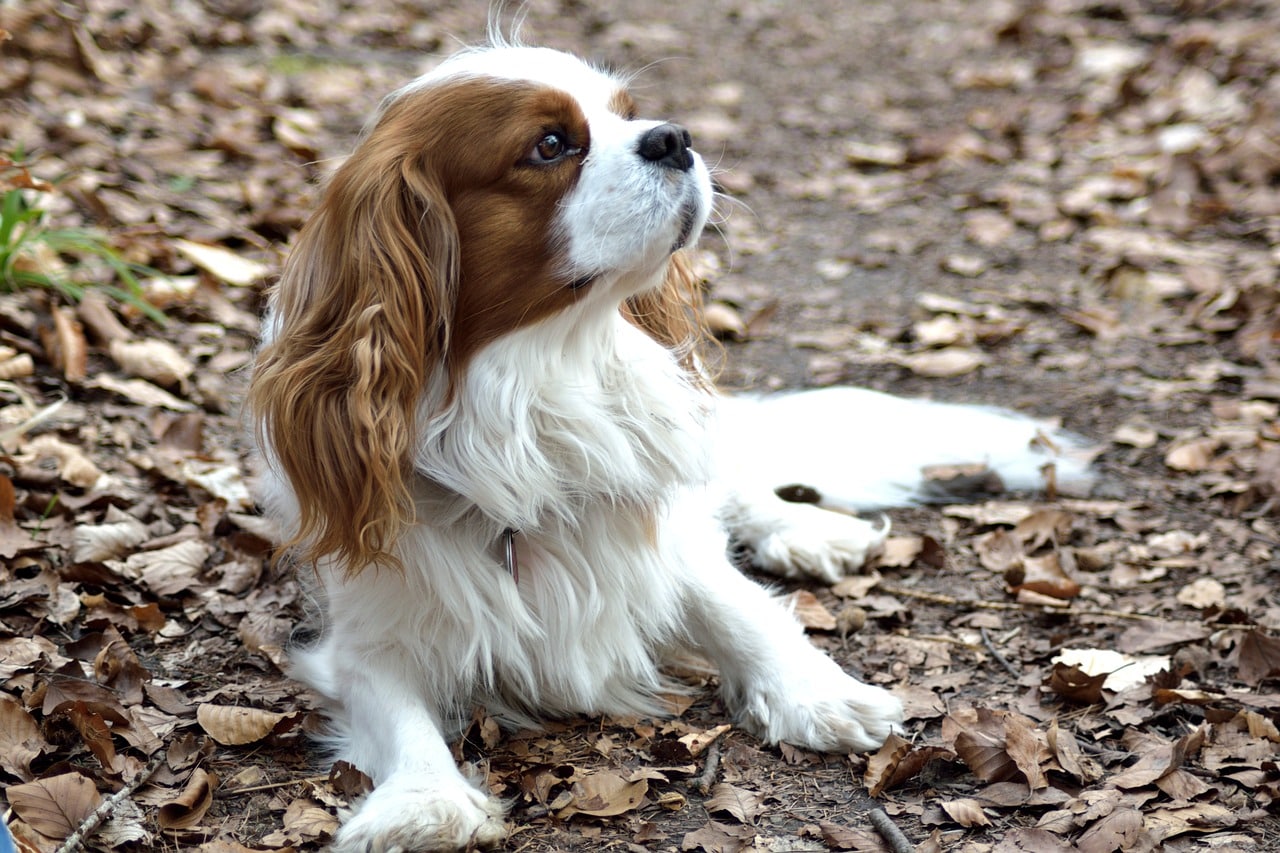 Shutterstock
Shutterstock
Plastic bags often carry a distinct chemical odor due to the materials used in their production. While this scent may go unnoticed by humans, dogs have an incredibly acute sense of smell and can detect even faint odors. For some dogs, the smell of plastic bags might be unpleasant or unfamiliar, triggering an aversion to the item. If a dog associates the smell of plastic with something negative or dangerous, it may react with fear when encountering plastic bags.
Lack of Early Socialization
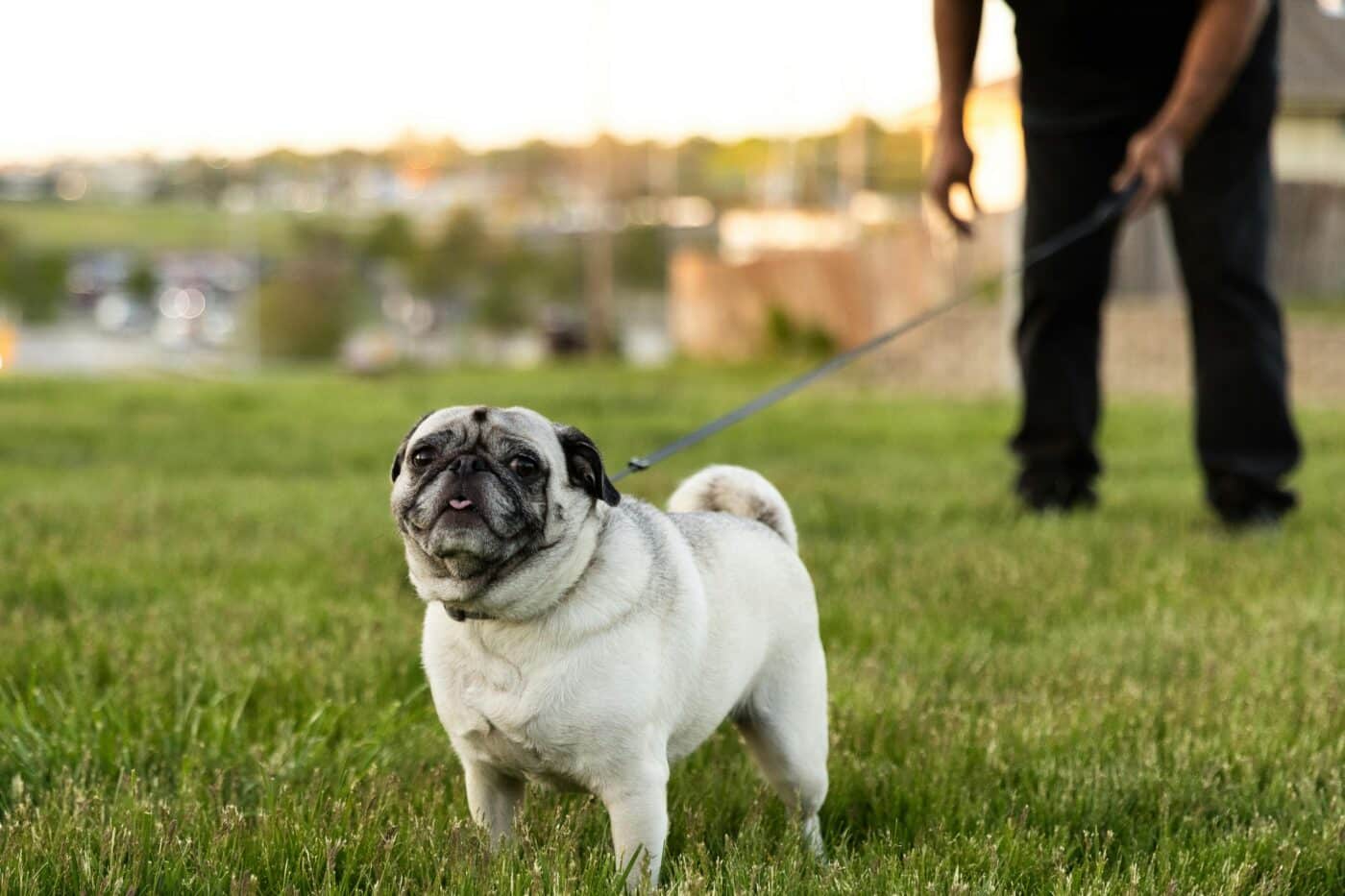 Shutterstock
Shutterstock
Dogs that were not properly socialized during their critical developmental period may be more prone to fearing unfamiliar objects, including plastic bags. Puppies that are exposed to a wide range of sights, sounds, and textures during their early months tend to be more adaptable and less fearful of new things. However, dogs that didn’t encounter plastic bags or other similar items during this time may react with fear when they encounter them later in life. Early socialization helps dogs learn that everyday objects like plastic bags are not a threat.
Appearance of the Bag
 Shutterstock
Shutterstock
The appearance of a plastic bag can also contribute to a dog’s fear. Some dogs may find the shiny, reflective surface of a plastic bag unnerving. Additionally, if the bag is filled with items, it may take on an unfamiliar shape, which could confuse or frighten the dog. Dogs rely on visual cues to make sense of their environment, and when they see an object that doesn’t fit their expectations, they may react with caution or fear. A full or inflated plastic bag might appear to be a completely different entity to a dog, increasing their anxiety.
Fear of the Unknown
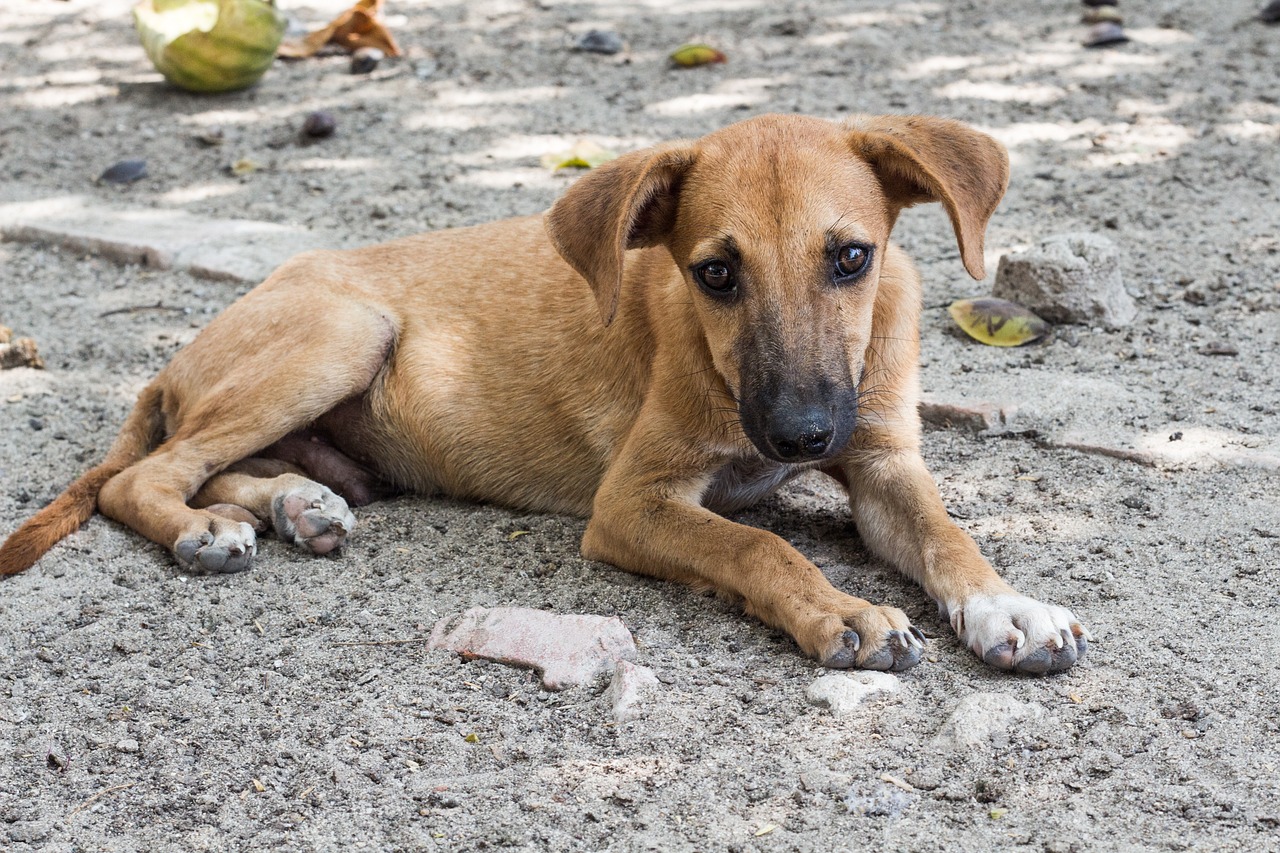 Shutterstock
Shutterstock
Dogs, like humans, can sometimes be afraid of the unknown. If a dog hasn’t been exposed to plastic bags before, they may be uncertain about the object and how to react to it. This fear of the unknown can cause them to become cautious or even scared when faced with a plastic bag. For some dogs, this wariness is heightened when they can’t predict how the object will behave, such as when a bag flutters unexpectedly or makes a noise they don’t recognise.
Anxiety from Thunderstorm Association
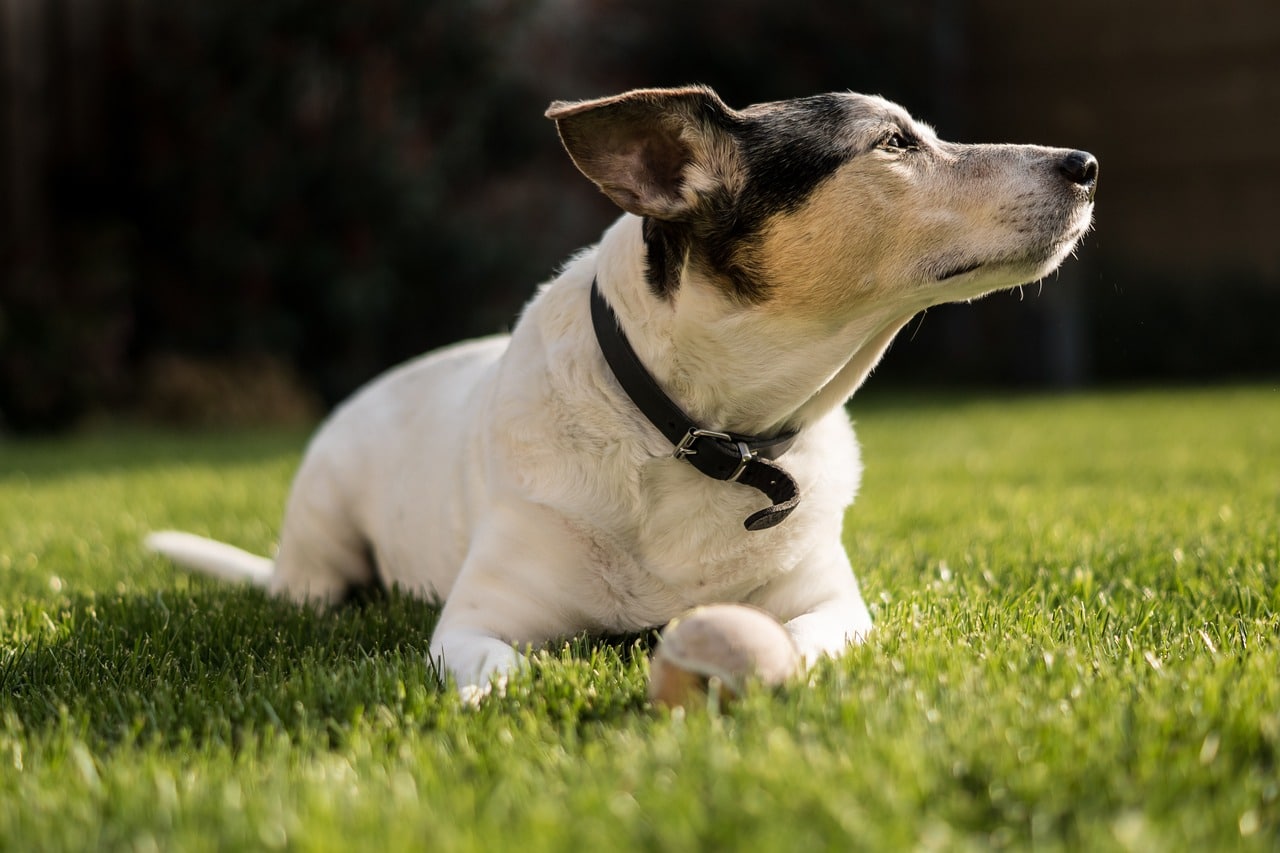 Shutterstock
Shutterstock
Some dogs that are afraid of thunderstorms may also develop a fear of plastic bags due to the similarity in sound. The rustling of a plastic bag can resemble the crackling of thunder, especially for dogs with heightened sensitivity to sound. Dogs that are prone to anxiety during storms may react to plastic bags with the same fear response they exhibit during bad weather. This association can be particularly strong if the dog has previously encountered plastic bags during a storm.
Prey Drive and Instinctual Reactions
 Shutterstock
Shutterstock
Dogs with a high prey drive might react to the movement of a plastic bag as if it were a small animal. The sudden fluttering or rustling of a plastic bag can trigger a dog’s instinct to chase or investigate, which may initially cause excitement. However, if the dog is confused or startled by the unpredictability of the bag’s movements, that excitement can quickly turn into fear. The rapid switch from curiosity to fear can confuse dogs, leading them to develop an aversion to the object over time.
Stress from Environmental Changes
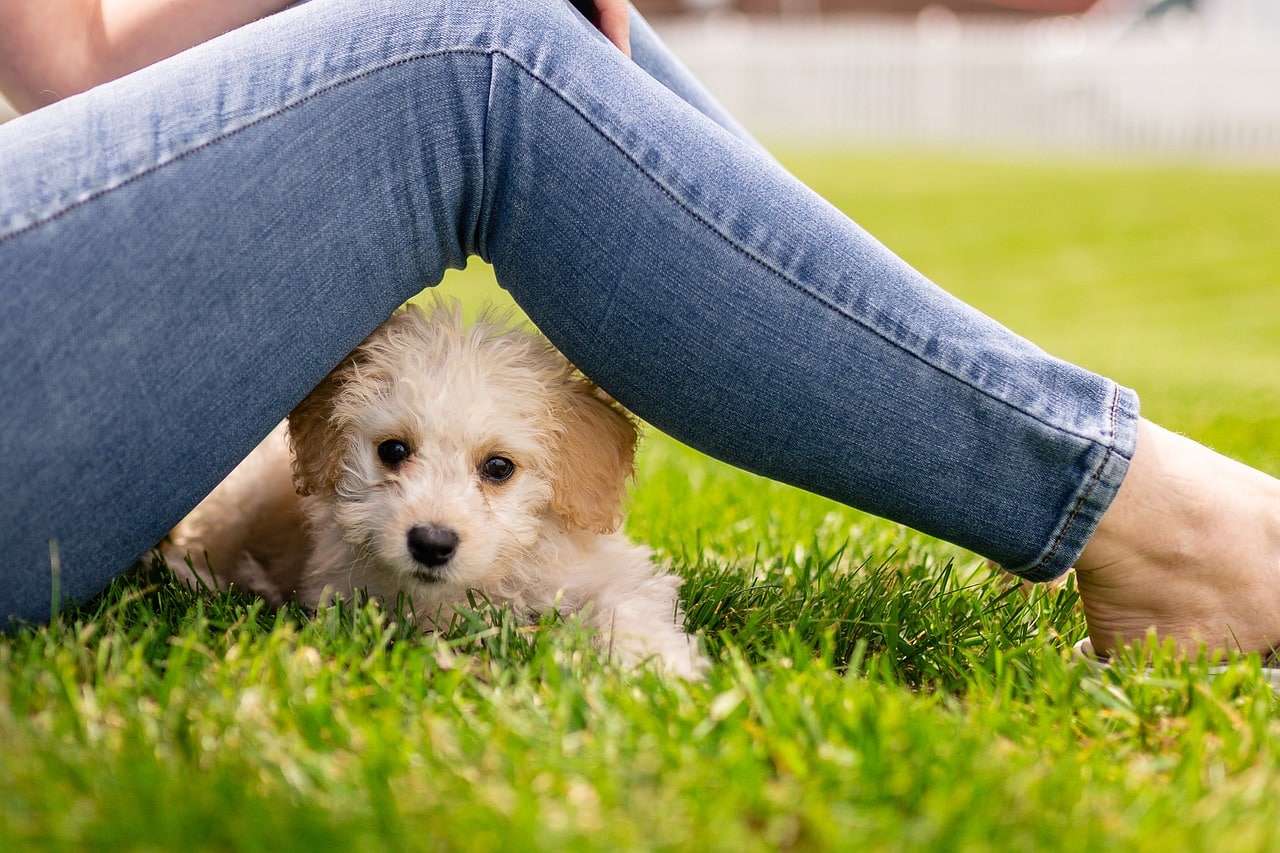 Shutterstock
Shutterstock
Dogs that are already stressed by environmental changes, such as moving to a new home or having a new pet introduced to the household, may be more sensitive to everyday objects like plastic bags. When a dog is in a heightened state of anxiety, even small changes or unfamiliar objects can cause fear. A plastic bag, with its unpredictable noise and movement, may become a target of that fear simply because the dog is already feeling overwhelmed. In these cases, the fear of the plastic bag may be a symptom of broader anxiety rather than the object itself.
Phobia Triggered by Startling Events
 Shutterstock
Shutterstock
Some dogs develop phobias related to specific objects after being startled by them. A plastic bag that unexpectedly falls off a counter gets blown around by the wind, or lands on the dog’s back can cause a strong startle response. If this happens multiple times or the dog is particularly sensitive, they may develop a phobia of plastic bags. The unpredictability of such events reinforces the dog’s fear, making them wary of plastic bags in the future.
Easing Your Dog’s Fear of Plastic Bags
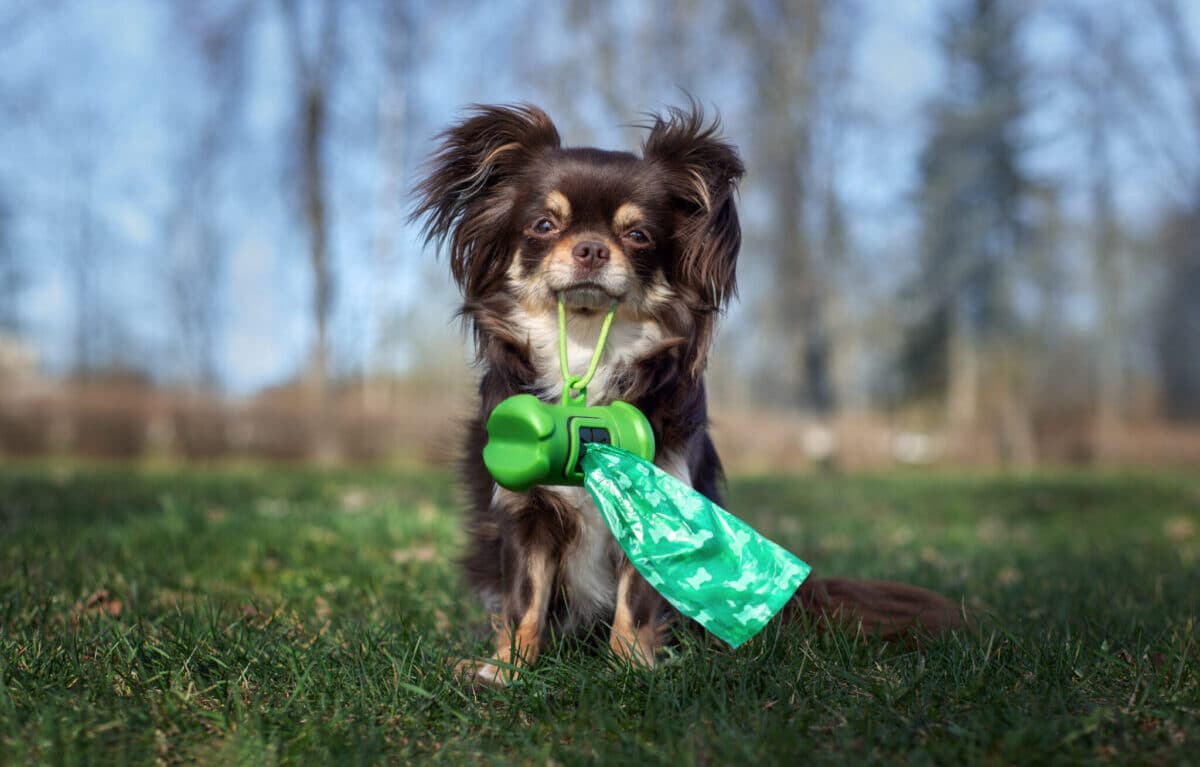 Shutterstock
Shutterstock
Understanding the causes behind a dog’s fear of plastic bags is the first step in helping them overcome this anxiety. Whether it’s the noise, the movement, or a negative experience, each dog’s reaction is unique. With patience, gradual desensitization, and positive reinforcement, pet owners can help their dogs feel more comfortable around plastic bags. Creating a safe and supportive environment for your dog to explore and become accustomed to new objects will reduce their fear and build their confidence in facing unfamiliar situations.
 Toledo, United States.
Toledo, United States.